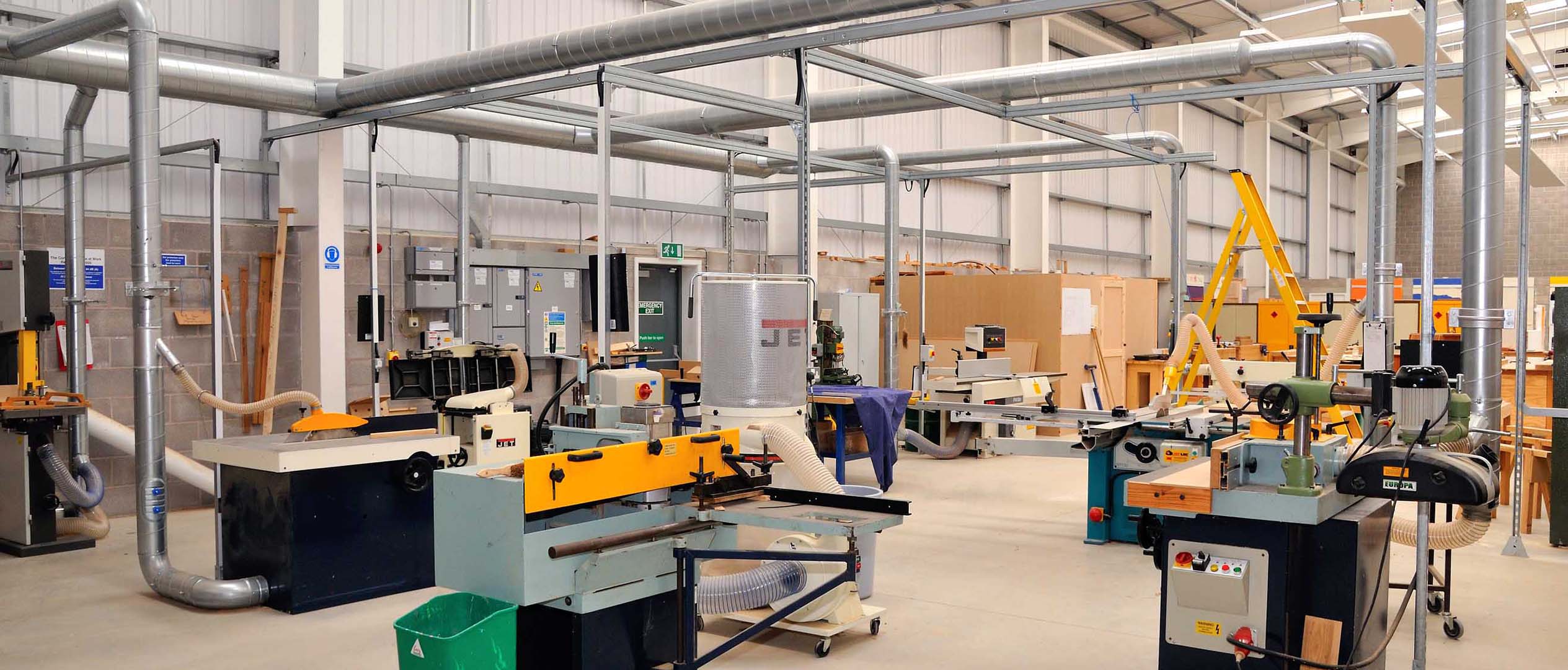
Anyone who employs people to work with wood dust must ensure all health and safety precautions are in place that comply with HSE regulations. This is to prevent the harmful tiny particles of wood that are generated during the process from being breathed deep into the lungs where it can do most damage.
The effects and damage from wood dust when breathed in can be non-reversible causing problems like skin disorders, asthma and a rare type of nasal cancer.
In addition to this wood dust is of course flammable and may cause fires. Every year, premises are severely damaged or destroyed by wood dust fires that usually start in dust extraction equipment. Wood dust explosions in buildings are rare, except in the chipboard industry.
Under COSHH, employers (including contractors) have a duty to carry out a suitable and sufficient risk assessment and take steps to ensure they prevent or adequately control exposure. Any workplace exposure limit (WEL) must not exceed the legal limit. Source HSE
The WEL for hardwood dust is 3mg/m3 and 5mg/m3 for softwood dust. Where there is a mixture of hardwood and softwood the hardwood dust WEL of 3mg/m3 applies. Because wood dust has the potential to cause cancer or occupational asthma e.g. it is advised that ‘exposure is reduced to as low a level as is reasonably practicable (ALARP)’. This means that if you can make further improvements below the WEL to reduce exposure then you should.
In addition to not exceeding the WEL for different wood types it is also essential that air transport velocity keeps dust and chippings airborne in the ductwork. Your LEV system must be designed to be big enough to supply the correct VFR’s in order for dust and chippings to be extracted through the ductwork to the filter effectively removing them from breathable air.
Wood dust is covered by the Control of Substances Hazardous to Health Regulations (COSHH). Employers have a duty to carry out risk assessments as well as control and prevent exposure due to the potential health problems associated with wood dust.
Regular maintaining and servicing your wood duct extraction unit(s) and LEV system is essential to comply with the HSE regulations, WEL’s and VFR’s, if you are in any doubt about your system, when you last had a service or replaced your filters we strongly suggest arranging for one of trained LEV engineers to service your systems. Our service will highlight any issues or failures as well as provide a list of recommendations to make or keep your system compliant.